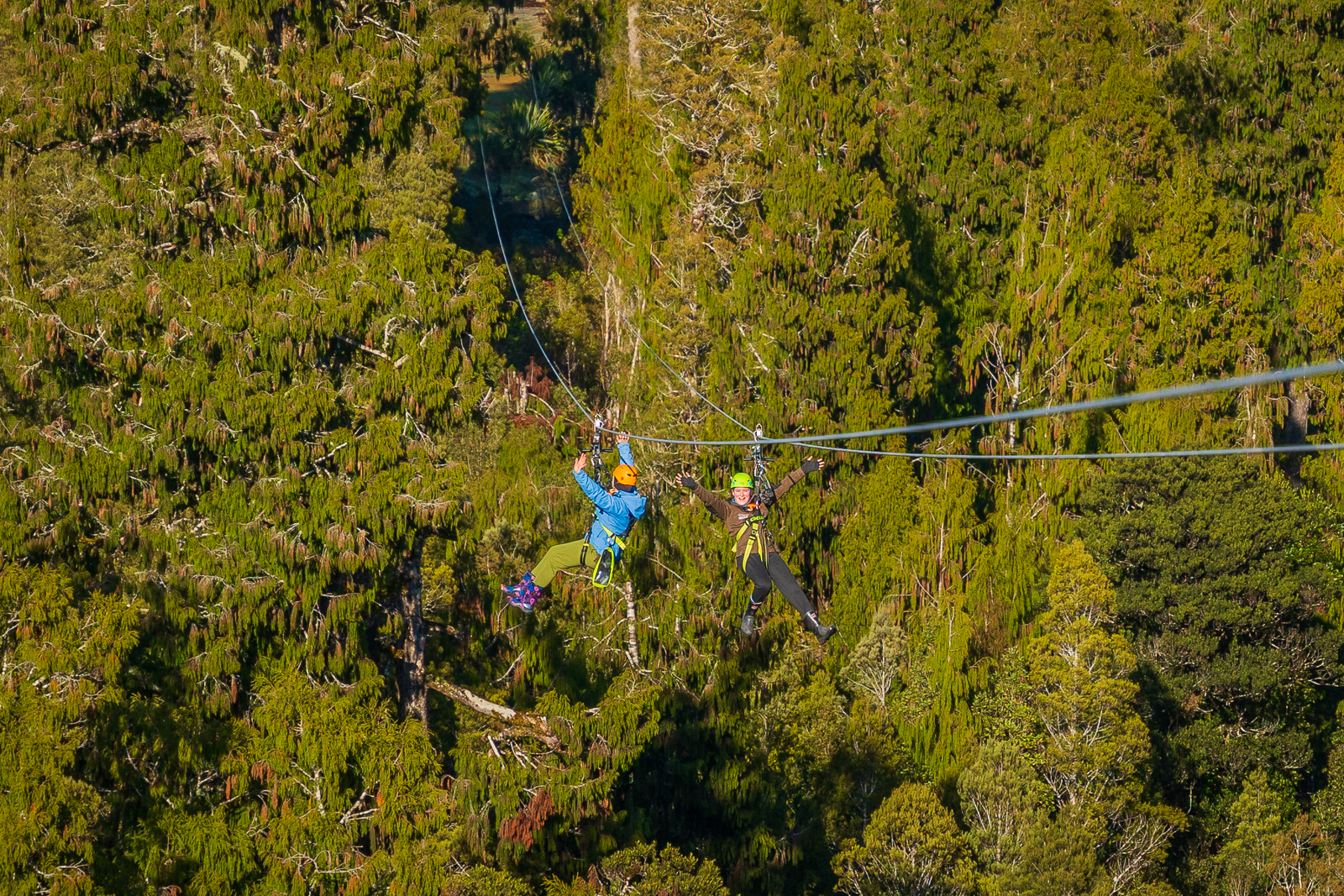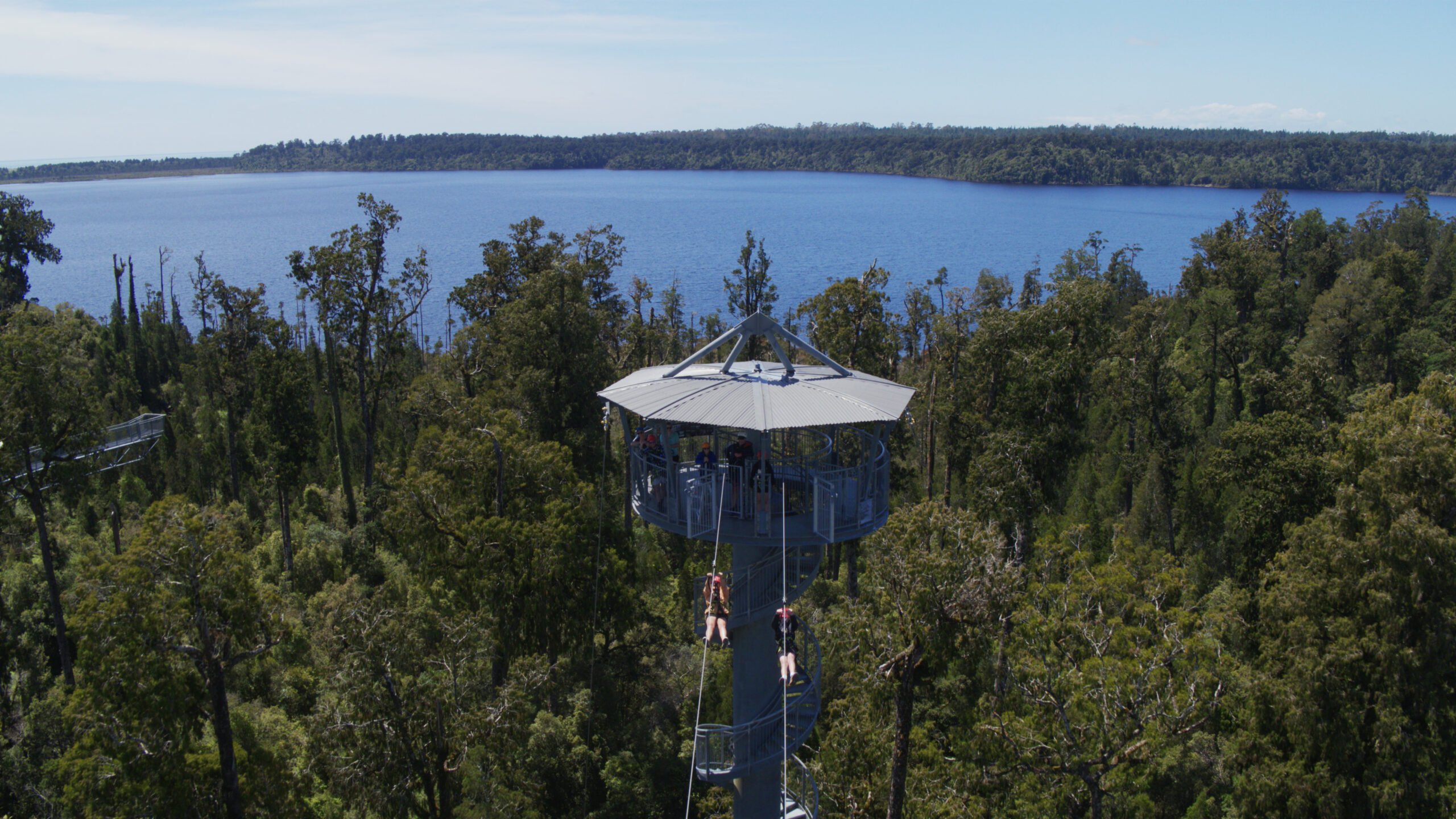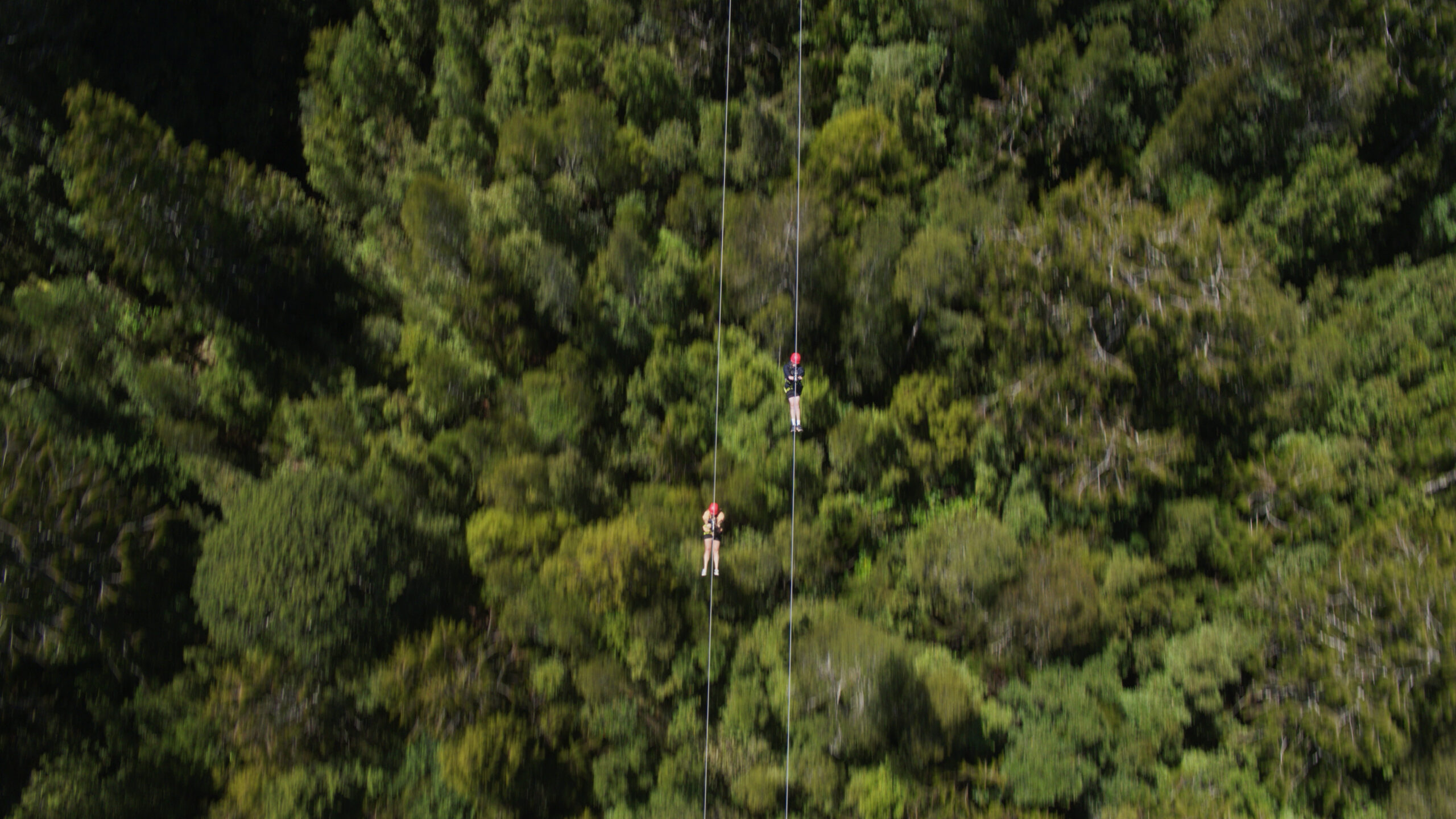Ziplining has become a popular adventure sport around the world, and New Zealand is no exception. With its stunning natural beauty and rugged terrain, the country offers some of the most thrilling zip-line experiences. Our Dual Zipline, located on the West Coast, is one such experience that combines adventure with scientific principles.
At West Coast Tree Tops Dual Zipline, riders glide over the treetops, taking in the stunning views of the rugged West Coast landscape. But this exhilarating adventure is not just about the adrenaline rush – it’s also about understanding the science behind ziplining.
In this blog post, we’ll take a closer look at the science behind ziplining and how it applies to the West Coast Dual Zipline.
The Gravity-powered Thrill: Understanding The Science Behind Ziplining
Ziplining is not only a thrilling adventure but also a fascinating scientific phenomenon. Understanding the science behind ziplining can help you appreciate the mechanics of the ride and the safety measures in place.-
- Gravity & Energy: When you’re ziplining, you’re essentially converting potential energy into kinetic energy. Gravity is what propels you down the zipline, and your speed is determined by your weight, the angle of the cable, and the amount of tension in the line. The steeper the angle of the cable and the less tension there is, the faster you will go.
- Friction: Friction plays a crucial role in ziplining as well. Without friction, you wouldn’t be able to slow down or stop at the end of the zipline tour. When you apply the hand brake, it creates friction between the brake block and the cable, which slows you down and brings you to a safe stop. Without friction, the brake would be ineffective, and riders would be unable to control their speed.
- The Law of Motion: The laws of motion also come into play during ziplining. Newton’s first law of motion dictates that a resting object will stay resting unless an external force acts on it. In the case of ziplining, the external force is gravity, which causes the rider to start moving down the zipline.
The Technical Side Of Adventure: Zipline Equipment & Mechanics
The design of the zipline system is key to its functionality and safety.-
- The Zipline: The zipline cable is the backbone of the zipline system, providing the foundation for the entire ride. It is typically made of high-strength steel, such as Galvanized Aircraft Cable or synthetic materials, such as Kevlar or nylon, that can withstand the weight of riders and the forces of gravity.
- Tensioning: Tensioning systems are used to keep the zipline cable taut, which helps to reduce wear and tear and ensure a smooth ride. The tension in the cable is critical to the overall functionality of the zipline system. If the cable is too loose, riders may experience a jerky or bumpy ride, while a cable that is too tight can put excessive strain on the system and increase the risk of accidents.
- Braking: Braking mechanisms are an essential component of any zipline system, as they allow riders to slow down and come to a safe stop at the end of the cable. There are several types of braking systems, including friction brakes, magnetic brakes and hydraulic brakes.









